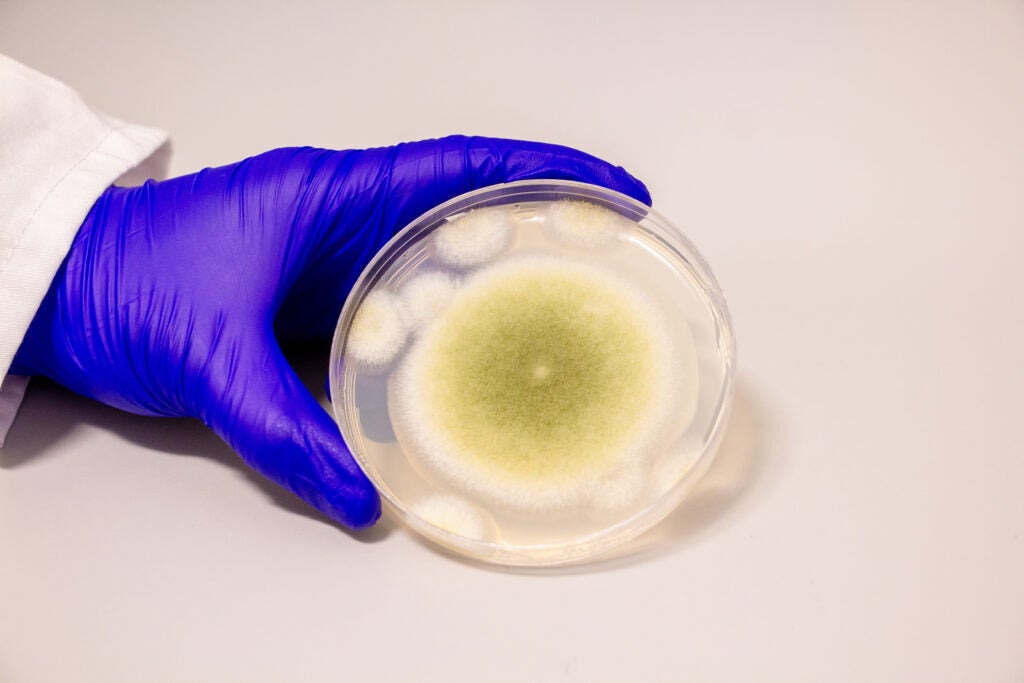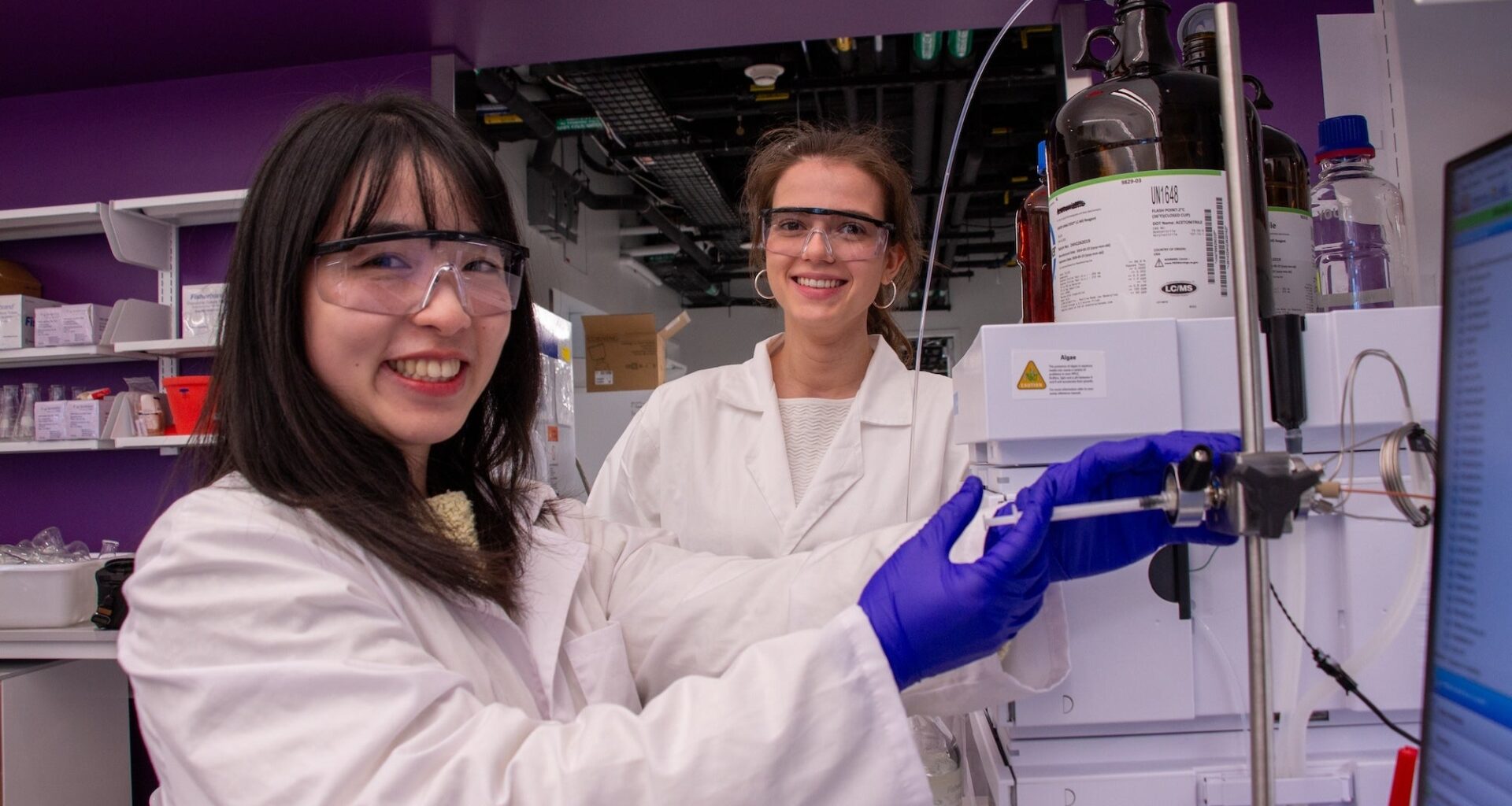From Philly and the Pa. suburbs to South Jersey and Delaware, what would you like WHYY News to cover? Let us know!
More than 100 years ago, archeologists discovered the tomb of Egyptian pharaoh Tutankhamen in the Valley of the Kings, which contained King Tut’s intact and undisturbed mummy as well as gold jewelry, clothing and other artifacts buried with him for the afterlife.
It was a major finding at the time because it helped researchers learn more about ancient Egyptian culture and embalming practices from 3,000 years ago.
But shortly after the tomb and the pharaoh’s sarcophagus was opened, several members of the archeology team and other experts who visited the site suffered untimely deaths. And so, the “mummy’s curse” was born, a superstition that foretold of perilous fates among those who dared to disturb the tombs of the ancient rulers.
Scientists later believed that the team of archeologists may have actually been exposed to fungi growing in the tomb, including Aspergillus flavus, which releases toxic spores to fight off threats and can cause lung disease and other human illnesses.
Now, bioengineers at the University of Pennsylvania say that same fungus might benefit human health and be used to fight leukemia cancer. Researchers recently published their findings in the journal, Nature Chemical Biology.
“It’s very exciting,” said Dr. Xue Sherry Gao, a chemical and biomolecular engineer at UPenn and the study’s lead author. “This fungus was toxic to humans previously, and now we’re thinking about a drug application.”
Finding medicinal uses for fungi is not new. Penicillin, one of the most common antibiotic drugs prescribed worldwide, is derived from a specific fungal species. Some statins, a class of drugs used to treat high cholesterol, also have their origins rooted in fungi.
So, it wasn’t a big leap for Gao to wonder if Aspergillus flavus could be used to help fight off human infections and diseases.
 A sample of Aspergillus flavus cultured in the Gao Lab at Penn Engineering. (Bella Ciervo/University of Pennsylvania)
A sample of Aspergillus flavus cultured in the Gao Lab at Penn Engineering. (Bella Ciervo/University of Pennsylvania)
“It’s really just for our scientists to learn about them and repurpose them to be helpful to our society,” she said.
